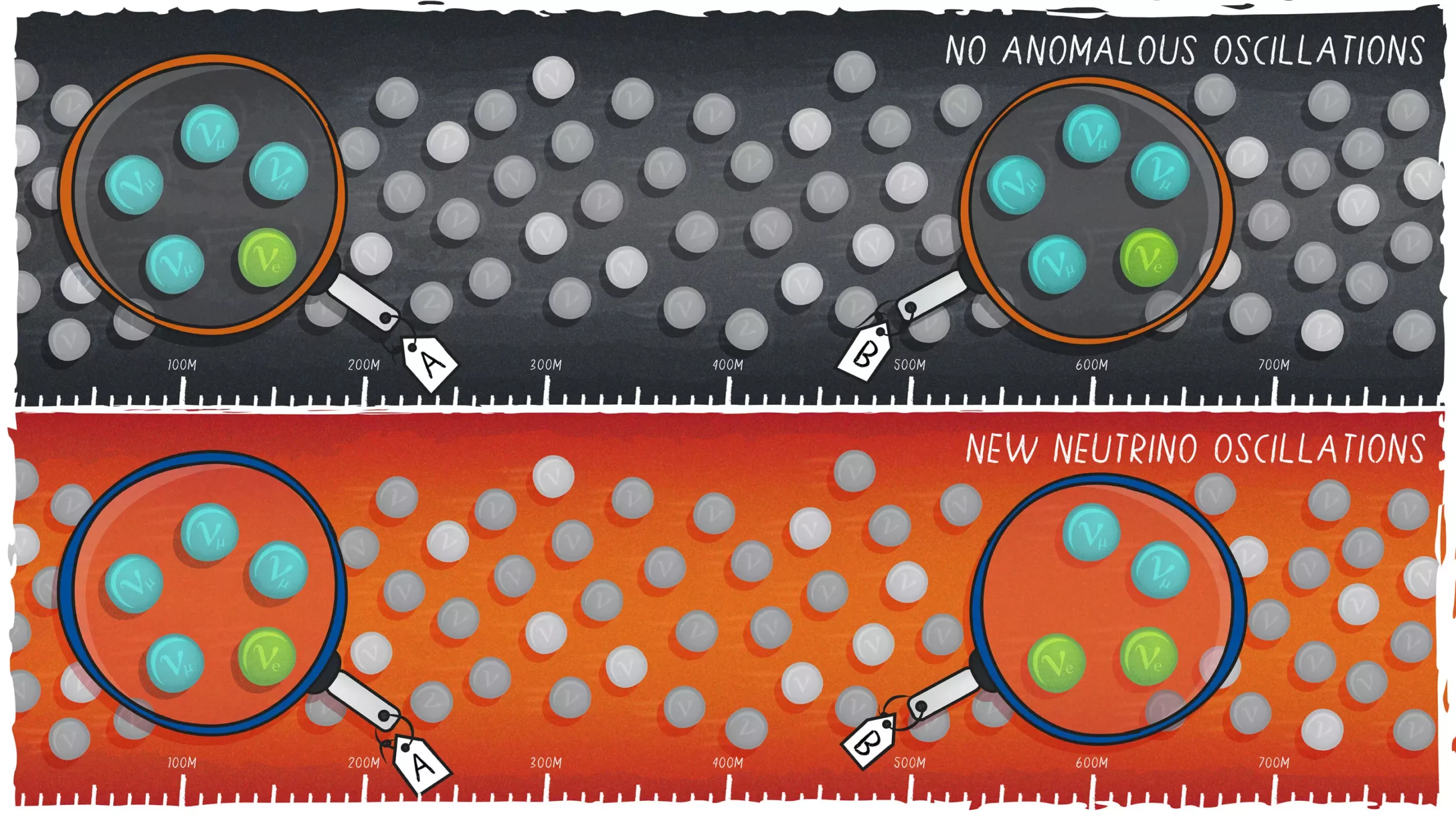Scientists at Fermi National Accelerator Laboratory have reached a significant milestone in their research on neutrinos with the Short-Baseline Near Detector (SBND). After a decade of planning, prototyping, and construction, the detector has successfully identified its first neutrino interactions. This achievement marks the beginning of a new chapter in the quest for understanding fundamental particles and forces in the universe.
SBND is the final piece in Fermilab’s Short-Baseline Neutrino (SBN) Program, which aims to address longstanding mysteries in particle physics. The construction of SBND involved a collaborative effort from 250 physicists and engineers across various countries, including Brazil, Spain, Switzerland, the United Kingdom, and the United States. With such a diverse team working together, the SBND project exemplifies the international nature of scientific research and discovery.
The detection of neutrinos by SBND is a crucial step towards exploring new physics beyond the Standard Model. While the Standard Model has been successful in explaining many phenomena in particle physics, it is not without limitations. The observation of anomalies in previous experiments suggests the existence of additional neutrino flavors that do not interact through the weak force. SBND’s precise measurements will provide valuable insights into these discrepancies and pave the way for further advancements in particle physics.
Neutrinos, the second most abundant particles in the universe, have long intrigued scientists due to their elusive nature. They come in three flavors – muon, electron, and tau – and have the unique ability to oscillate between these states. By studying neutrino interactions with unprecedented precision, SBND will contribute to our understanding of neutrino oscillations and potentially uncover new neutrino types. These discoveries could revolutionize our knowledge of the fundamental building blocks of the universe.
In addition to its focus on neutrinos, SBND has the potential to shed light on another enigmatic entity: dark matter. While the detector is primarily designed to study neutrino interactions, it could also detect lightweight particles associated with the dark sector. By investigating the presence of dark matter particles produced in the neutrino beam, SBND may provide crucial insights into the elusive nature of dark matter and its role in shaping the cosmos.
As SBND continues to collect and analyze data on neutrino interactions, the scientific community eagerly anticipates the wealth of discoveries that lie ahead. With its unparalleled ability to observe neutrinos and other particles, SBND is poised to revolutionize our understanding of the subatomic world. This momentous achievement marks the beginning of a new era in neutrino research at Fermilab, setting the stage for groundbreaking discoveries in the years to come.

